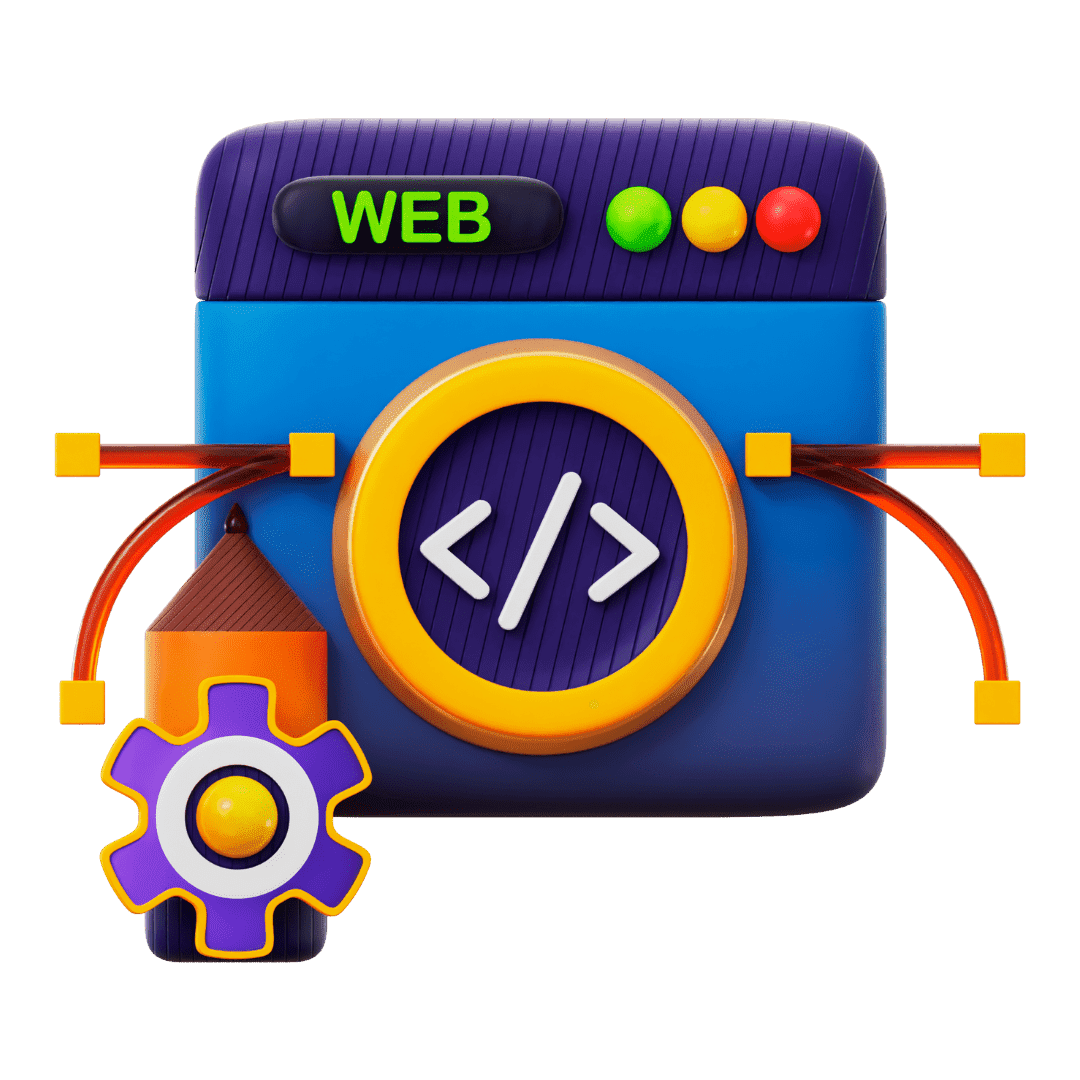A Journey into the Impact of Modern Branding
The Impact of Modern Branding
Embark on a captivating exploration into the dynamic world of modern branding. "A Journey into the Impact of Modern Branding" invites you to uncover the art, strategy, and influence behind contemporary brand experiences. From innovative visuals to compelling narratives, discover the key elements shaping brands in the digital age. This journey promises insights into creating lasting impressions and navigating the ever-evolving landscape of impactful branding.
This immersive experience delves into the strategic and creative facets that define successful brands today. From digital aesthetics to market resonance, explore the profound influence and transformative power that modern branding wields. Uncover the strategies and stories that shape perceptions, leaving an indelible mark on audiences. Join us on this insightful journey as we navigate the fascinating landscape where innovation, storytelling, and consumer connection converge to redefine the essence of impactful branding in the 21st century.

Define Your Brand Identity:
Defining your brand identity is a crucial step in establishing a strong and recognizable presence. It involves clearly articulating the essence of your brand, what it stands for, and how it distinguishes itself from others. Here's an explanation in five key points:
1. Mission and Values:
Explanation: Clearly state the purpose of your brand and the principles that guide your business. Your mission is the overarching goal or reason for your existence, while your values are the beliefs and standards that shape your brand culture.
Importance: Mission and values provide a foundation for decision-making, shape company culture, and communicate a sense of purpose to both internal and external stakeholders.
2. Unique Selling Proposition (USP):
Explanation: Identify and communicate what sets your brand apart from the competition. Your USP highlights the unique features, benefits, or qualities that make your products or services stand out in the market.
Importance: A strong USP helps consumers understand why they should choose your brand over others, creating a competitive advantage and fostering customer loyalty.
3. Brand Personality:
Explanation: Define the human characteristics and traits associated with your brand. This includes the tone of communication, style, and overall personality that reflects the brand's character and resonates with the target audience.
Importance: A distinct brand personality helps in building emotional connections with customers, making the brand more relatable and memorable.
4. Target Audience:
Explanation: Clearly identify and understand your target audience—the group of people you aim to reach and serve with your products or services. This includes demographics, psychographics, and other relevant characteristics.
Importance: Tailoring your brand identity to resonate with your target audience ensures that your messaging, visuals, and overall brand experience align with the preferences and needs of your ideal customers.
5. Brand Promise:
Explanation: Articulate the commitments and guarantees your brand makes to its customers. The brand promise communicates the value customers can consistently expect, creating trust and reliability.
Importance: A well-defined brand promise sets expectations, builds credibility, and establishes the foundation for customer satisfaction and loyalty.

Create a Consistent Visual Identity:
Creating a consistent visual identity is paramount in establishing a brand's recognizable and cohesive image. This involves designing a distinctive logo that serves as the visual anchor for the brand, representing its essence and values. The chosen color schemes play a crucial role in conveying the brand's personality, and consistency in their application across various materials enhances brand recognition. Typography is another key element, with carefully selected fonts contributing to a unified brand image and reinforcing a specific tone. Additionally, incorporating consistent design elements, such as patterns or icons, complements the overall aesthetic and uniqueness of the brand. To ensure uniformity, it is essential to develop comprehensive brand guidelines that outline the proper usage of visual elements, including logo placement, color codes, and font specifications. By adhering to these guidelines, brands can convey professionalism and reliability, fostering trust and loyalty among their audience. This visually cohesive approach extends across all platforms, from digital spaces to marketing collateral, creating a lasting and impactful impression.
However, the key to success lies not just in creating these visual elements but in establishing and disseminating clear brand guidelines. These guidelines act as a blueprint for your visual identity, dictating how the logo, colors, fonts, and other design elements should be used. Consistency is the linchpin; it ensures that every touchpoint, from your website to social media to marketing materials, reflects the same visual identity. This consistency builds brand recognition over time, making it easier for your audience to identify and connect with your brand across diverse platforms. Ultimately, a consistent visual identity is a powerful tool for creating a lasting impression, fostering brand loyalty, and differentiating your brand in a crowded market.

Develop a User-Friendly Website:
Developing a user-friendly website is pivotal for creating a positive online experience for visitors. A crucial aspect is ensuring a responsive design that adapts seamlessly to various devices, especially given the prevalence of mobile browsing. Intuitive navigation is equally important; users should easily find the information they seek without frustration. Clear and well-organized content, complemented by an aesthetically pleasing design, contributes to a more enjoyable and engaging user experience. Beyond aesthetics, the website should prioritize functionality, with fast loading times and minimalistic yet impactful visuals. Valuable and relevant content is paramount, providing visitors with the information they need and reflecting the brand's expertise and personality. Regular updates and maintenance are necessary to ensure the website remains current and effective. By focusing on these elements, a user-friendly website not only enhances accessibility but also strengthens the brand's online presence and fosters positive connections with its audience.
Functionality extends beyond design aesthetics to performance. A user-friendly website should load quickly to prevent user frustration, and it should be optimized for a smooth and efficient browsing experience. Prioritizing content quality is essential—relevant, valuable, and engaging content not only informs visitors but also reflects the brand's identity and expertise.
Regular maintenance is crucial for keeping the website up-to-date, ensuring that information is current, links are functional, and the overall user experience remains positive. By focusing on these elements, a user-friendly website becomes a powerful tool for building a positive online reputation, retaining visitors, and converting them into satisfied customers. It becomes not just a digital presence but a dynamic platform that contributes to the overall success of the brand in the online space.

Leverage Social Media:
Leveraging social media is a dynamic strategy that involves utilizing various platforms to connect with your audience, build brand awareness, and foster engagement. First and foremost, it's crucial to identify the social media platforms that align with your target audience. Whether it's Facebook, Instagram, Twitter, LinkedIn, or others, each platform caters to specific demographics and user behaviors. Understanding where your audience is most active allows you to tailor your social media strategy effectively.
Consistent branding across these platforms is key. This includes maintaining a cohesive visual identity with consistent profile pictures, cover photos, and a unified content style. A recognizable brand presence helps reinforce your identity and makes it easier for users to identify and remember your brand.
Engaging with your audience is a fundamental aspect of social media leverage. Respond promptly to comments, messages, and participate in conversations. Actively sharing relevant content, whether it's blog posts, videos, or curated content, helps keep your audience engaged and interested.
Furthermore, strategic use of hashtags, trending topics, and collaborations with influencers can amplify your reach and increase your brand's visibility. Paid advertising on platforms like Facebook Ads or Instagram Ads can also be employed for targeted campaigns, reaching specific demographics and maximizing your online impact.
Introduction
In the fast-paced realm of web development, businesses seek frameworks that not only streamline the development process but also offer flexibility and scalability. Enter Laravel, a PHP framework that has risen to prominence for its elegant syntax, robust features, and developer-friendly environment. In this comprehensive guide, we’ll explore the multifaceted landscape of Laravel development services and uncover the key aspects that make it a powerhouse for creating exceptional web applications.
The Key Benefits of Hiring a WordPress Developer
Laravel Development:
Laravel development is synonymous with building cutting-edge, custom web applications that meet the unique needs of businesses. Its expressive syntax and powerful tools make it a top choice for developers aiming to deliver high-quality solutions efficiently.
Custom Web Applications:
Laravel excels in crafting bespoke web applications tailored to specific business requirements. Its modular structure and extensive libraries empower developers to create solutions that align seamlessly with client needs.
PHP Framework:
Laravel is built on PHP, a server-side scripting language. As a PHP framework, Laravel leverages the strengths of PHP to provide a solid foundation for web application development.
Laravel Web Development:
Laravel’s web development capabilities extend beyond basic frameworks, offering a comprehensive suite of tools for routing, templating, and database interactions. The result is a dynamic and feature-rich web development experience.
Eloquent ORM:
Laravel’s Eloquent ORM (Object-Relational Mapping) simplifies database interactions by allowing developers to work with databases using an elegant syntax in PHP. This significantly streamlines the database management process.
Blade Templating Engine:
The Blade templating engine is an integral part of Laravel, providing a lightweight yet powerful tool for creating dynamic and reusable views. It enhances code readability and promotes efficient front-end development.
RESTful API Development:
Laravel excels in building RESTful APIs, facilitating seamless communication between different software systems. This capability is crucial for developing scalable and interconnected applications.
Laravel Migrations:
Laravel migrations simplify the database schema management process. With migrations, developers can version control the database structure, making it easier to evolve and adapt to changing project requirements.
Laravel Packages:
Laravel’s modular design is enhanced by its extensive ecosystem of packages. These pre-built components accelerate development by providing solutions to common tasks, reducing the need to reinvent the wheel.
Community-Driven Laravel Support:
The Laravel community is a valuable resource for developers, offering forums, documentation, and insights. This strong community support ensures that developers have access to assistance and knowledge as they navigate the complexities of Laravel development.
Summary
In the realm of Laravel development, a vibrant and innovative ecosystem awaits businesses and developers alike. The framework’s expressive syntax, coupled with powerful tools such as the Blade templating engine and Eloquent ORM, empowers the creation of unique and efficient web applications. Laravel’s prowess extends to RESTful API development, version control through migrations, and a security-centric approach that safeguards applications against common online threats.
Time-saving features like Artisan commands streamline the development process, while responsive Blade templating contributes to an optimal user experience. The framework’s scalability is further enhanced by a rich library of packages, offering ready-made solutions to common development tasks. Moreover, the supportive Laravel community, complete with forums and documentation, ensures developers have access to valuable insights and assistance.
In essence, Laravel development is more than a framework; it’s a dynamic and collaborative ecosystem that accelerates the creation of modern, secure, and scalable web applications.

Content Marketing:
Content marketing is a multifaceted strategy that revolves around the creation and distribution of valuable, relevant, and consistent content to engage and connect with a target audience. It's a dynamic approach that encompasses a diverse array of content formats, including blog posts, videos, infographics, and more. The core principle is to provide informative and educational content that addresses the needs and interests of the audience, positioning the brand as a trustworthy source of information. This strategy goes beyond traditional advertising by focusing on building relationships and fostering brand loyalty through storytelling and relatable narratives. Search Engine Optimization (SEO) is a significant component, with well-optimized content enhancing a brand's visibility in search engine results. Successful content marketing involves understanding the audience thoroughly, tailoring content to their preferences, and maintaining consistency in both quality and publishing frequency. The promotion and distribution of content across various channels, including social media and email, amplify its reach. Interactive content adds an engaging dimension, and continuous measurement and analysis of performance metrics allow for ongoing optimization. Content marketing is not just about creating content but cultivating a brand narrative that resonates, adapts to industry trends, and ultimately contributes to the brand's long-term success in the digital landscape.
Moreover, in the digital age, where information is abundant, content marketing serves as a guiding light for consumers navigating the vast online landscape. By providing valuable and relevant information, brands position themselves as authoritative guides, helping their audience make informed decisions. This educational role not only builds credibility but also positions the brand as a thought leader within its industry. Adaptability is a cornerstone of effective content marketing. Staying attuned to shifting industry trends and consumer preferences allows brands to evolve their content strategies continuously. This responsiveness ensures that the content remains timely, resonant, and aligned with the changing needs of the audience.

Online Advertising:
Online advertising is a dynamic and targeted approach to reach and engage a specific audience through digital platforms. It involves the strategic placement of promotional content on various online channels, such as search engines, social media, websites, and other digital spaces. One of the primary advantages of online advertising is its ability to tailor campaigns to specific demographics, interests, and behaviors. Paid ads, whether through platforms like Google Ads or social media advertising, enable businesses to reach potential customers with precision, maximizing the return on investment. Targeted campaigns, shaped by data-driven insights, ensure that promotional content aligns closely with the preferences and needs of the intended audience. The flexibility of online advertising allows for real-time adjustments, ensuring that strategies remain effective in the face of evolving market dynamics. As consumers increasingly spend time online, leveraging online advertising not only enhances brand visibility but also facilitates measurable and actionable insights for continuous optimization, making it an integral part of a comprehensive digital marketing strategy.
Online advertising constitutes a multifaceted and dynamic approach to connect with a digitally engaged audience, leveraging a variety of platforms to strategically showcase promotional content. The versatility of online advertising allows businesses to tailor their campaigns with a high degree of specificity. This involves not only selecting the appropriate channels, such as search engines or social media, but also fine-tuning campaigns to target particular demographics, interests, and user behaviors. The granularity of targeting ensures that promotional efforts are directed precisely towards the most relevant audience segments.

Email Marketing:
Email marketing is a versatile and powerful digital marketing strategy that involves sending targeted and personalized messages to a specific audience via email. Unlike more public-facing platforms, email provides a direct line of communication to engage with customers on a more personal level. Effective email marketing goes beyond merely sending promotions; it involves cultivating relationships, delivering value, and maintaining brand consistency. Personalized and segmented email campaigns allow businesses to tailor their messages to different audience segments, increasing relevance and engagement. Automation tools streamline the process, enabling the delivery of timely and contextually relevant content based on user behavior, preferences, or specific triggers. Well-crafted email campaigns serve various purposes, from promoting products and services to nurturing leads and building brand loyalty. Importantly, email marketing fosters a sense of exclusivity through newsletters, promotions, and updates, turning subscribers into valued members of a community. The measurable nature of email marketing, with metrics like open rates and click-through rates, provides valuable insights for refining strategies and ensuring continuous improvement. In summary, email marketing is a nuanced and effective way to build and nurture relationships, deliver targeted content, and drive engagement in a personalized manner.

Measure and Analyze:
The process of measuring and analyzing is a cornerstone of any successful online marketing strategy, providing businesses with the insights needed to make informed decisions and optimize their efforts. By utilizing various analytics tools, businesses can track the performance of their online initiatives, ranging from website traffic and user behavior to the effectiveness of advertising campaigns. These metrics offer a comprehensive view of how users interact with a brand online, helping to identify strengths, weaknesses, and areas for improvement. For instance, website analytics reveal valuable data such as page views, bounce rates, and conversion rates, shedding light on user engagement and the overall user experience. Social media analytics provide insights into audience demographics, engagement levels, and the impact of content, aiding in the refinement of social media strategies. Furthermore, advertising analytics offer a detailed understanding of the return on investment (ROI) for paid campaigns, guiding businesses in optimizing their ad spend.
Measuring and analyzing data isn't merely about tracking performance but also about gaining a deeper understanding of customer preferences and behaviors. By interpreting the data, businesses can make data-driven decisions, adjusting strategies to better align with their audience's needs and expectations. Continuous monitoring and analysis ensure that marketing efforts remain agile and responsive to changes in the market, technology, and consumer trends. Ultimately, the iterative process of measuring and analyzing data empowers businesses to refine their online strategies, maximize efficiency, and stay ahead in the dynamic digital landscape.








